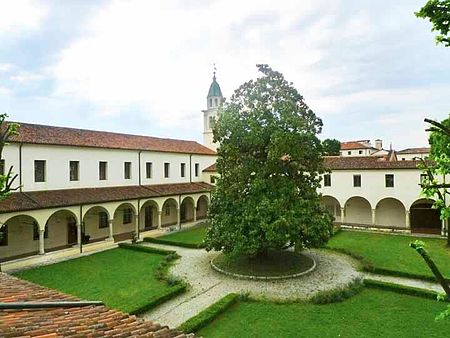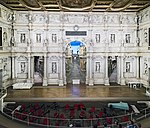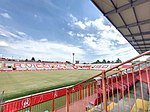Conservatory of Vicenza
1867 establishments in ItalyEducational institutions established in 1867Music schools in Italy

The Conservatory "Arrigo Pedrollo" of Vicenza, Italy, is a tertiary music institution. It is located in Vicenza, within the grounds of the San Domenico convent.
Excerpt from the Wikipedia article Conservatory of Vicenza (License: CC BY-SA 3.0, Authors, Images).Conservatory of Vicenza
Contra' San Domenico, Vicenza Santa Caterina
Geographical coordinates (GPS) Address Nearby Places Show on map
Geographical coordinates (GPS)
| Latitude | Longitude |
|---|---|
| N 45.55052 ° | E 11.55427 ° |
Address
Contra' San Domenico 24
36100 Vicenza, Santa Caterina
Veneto, Italy
Open on Google Maps










